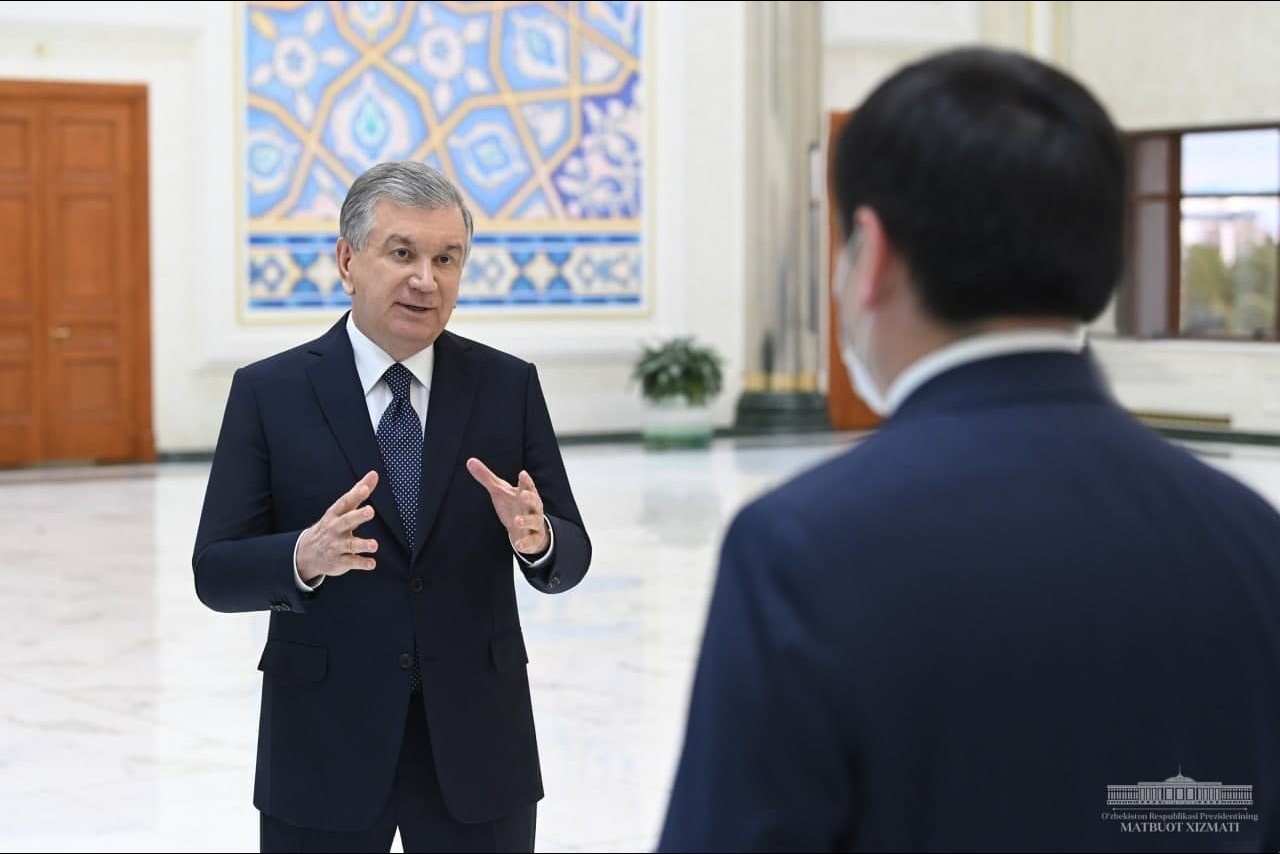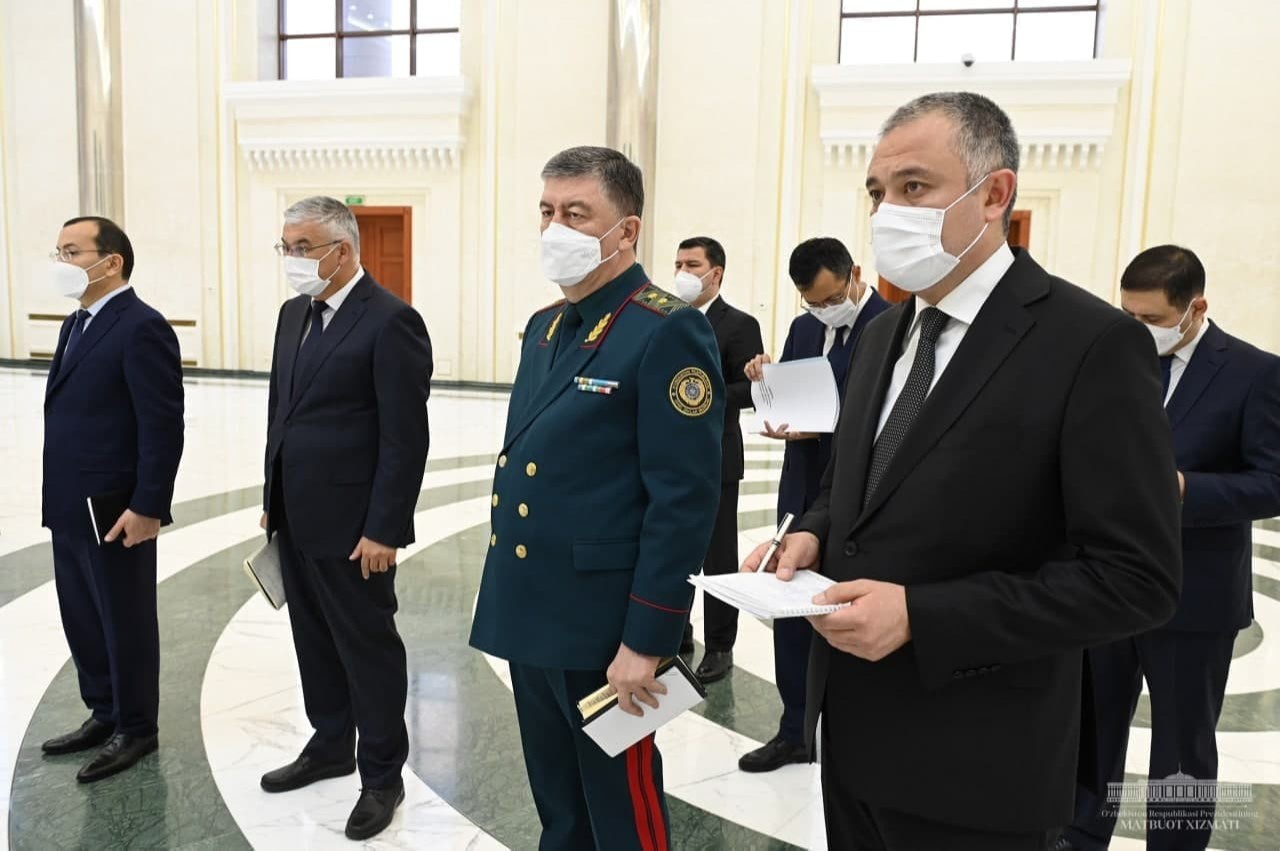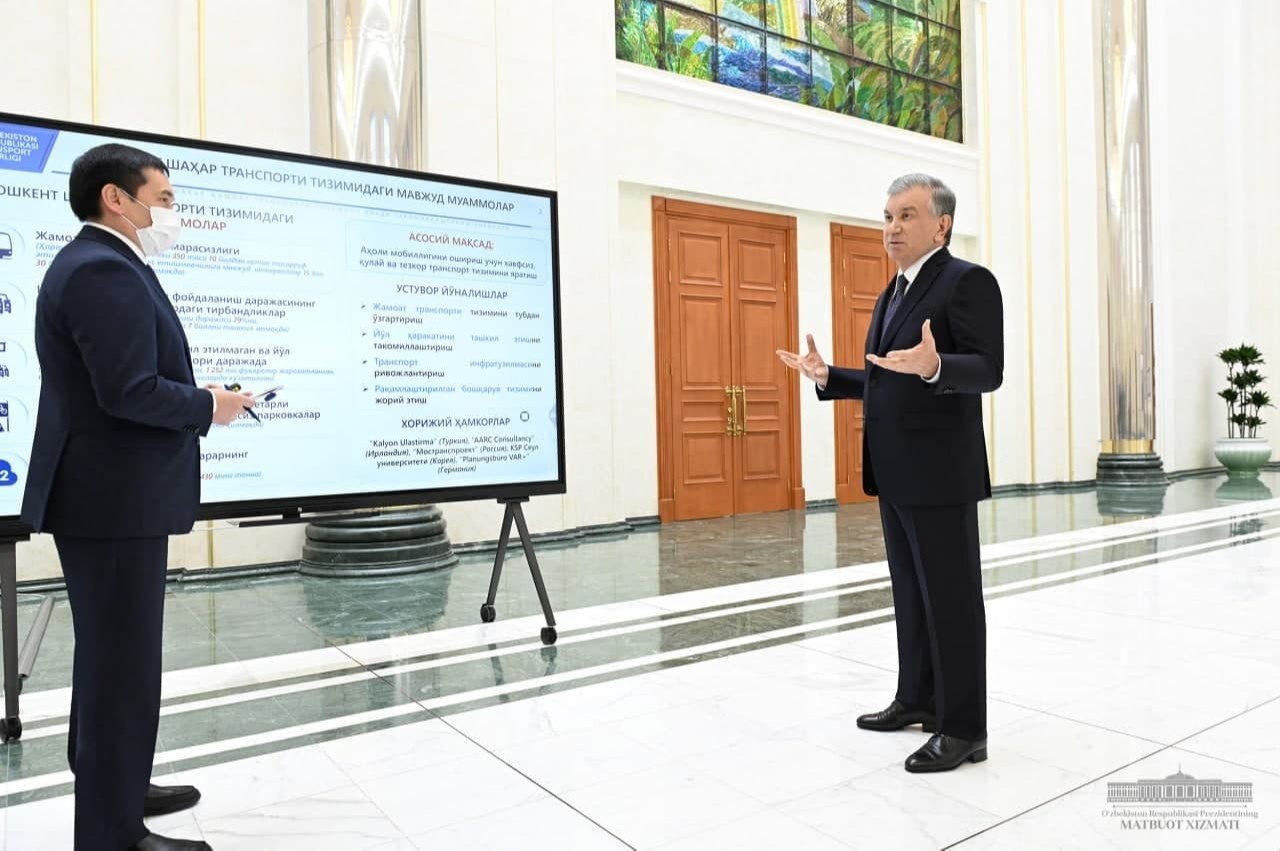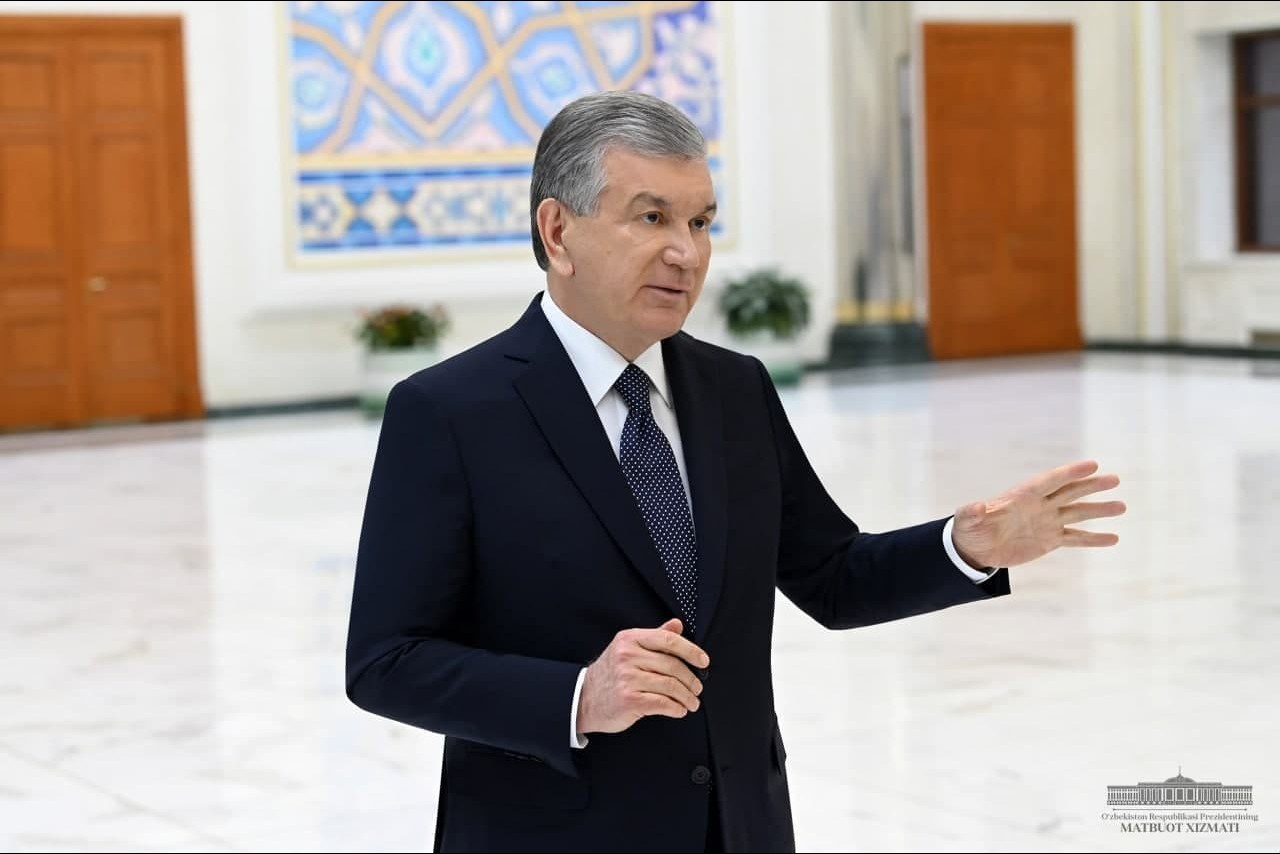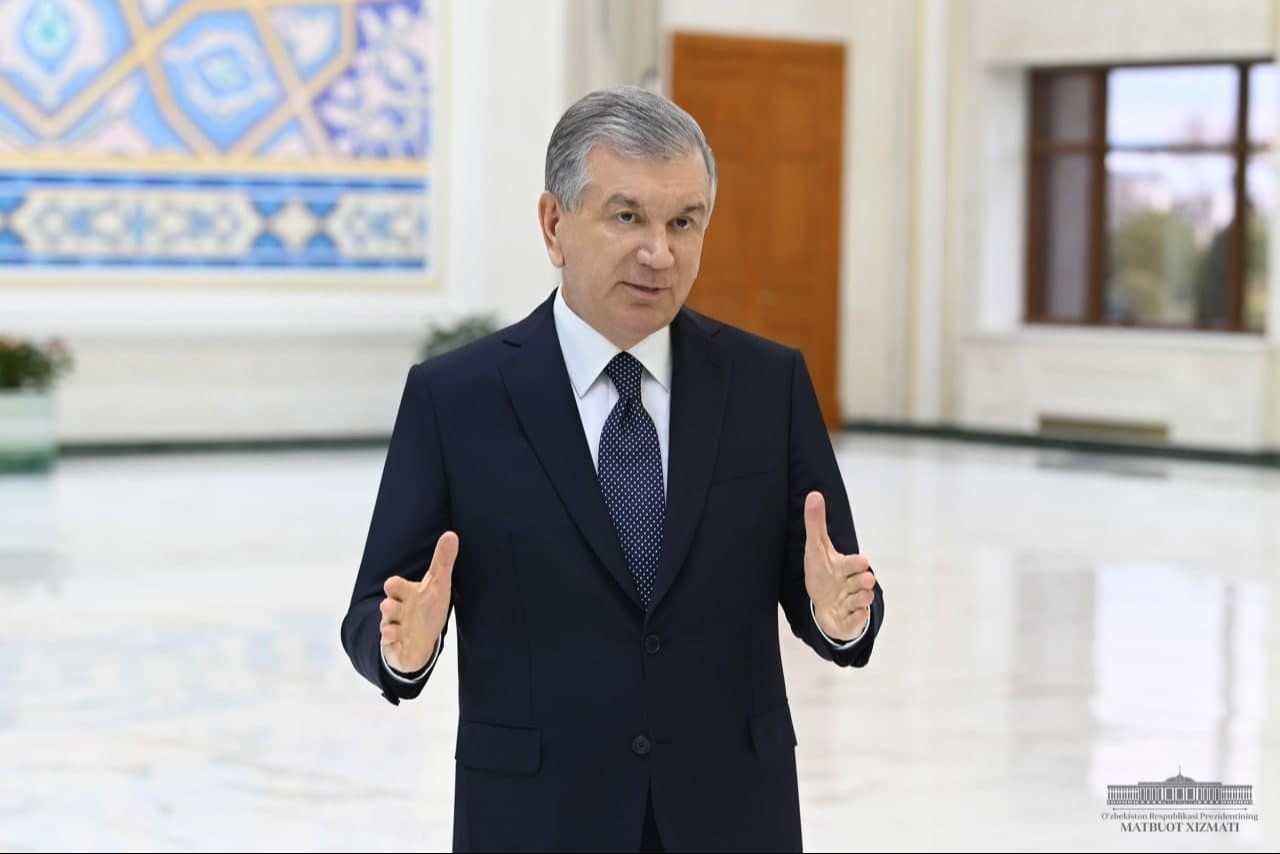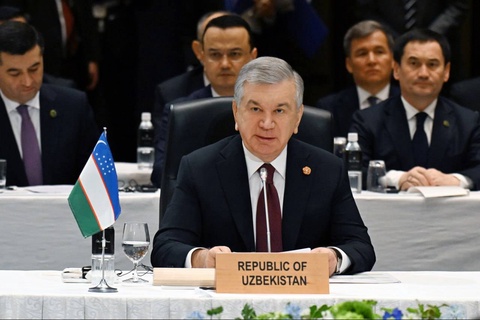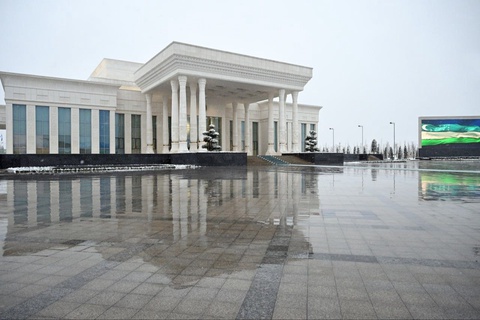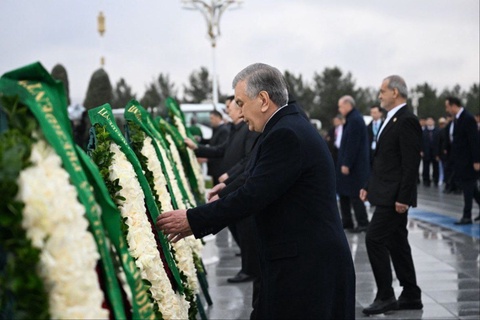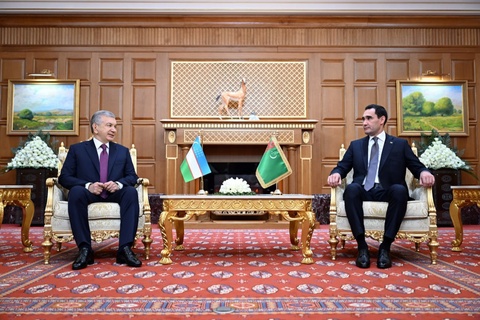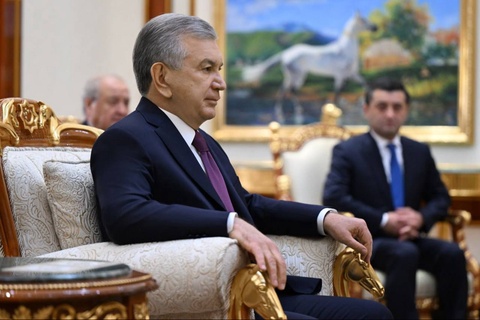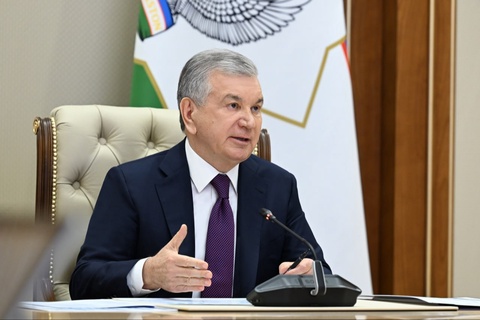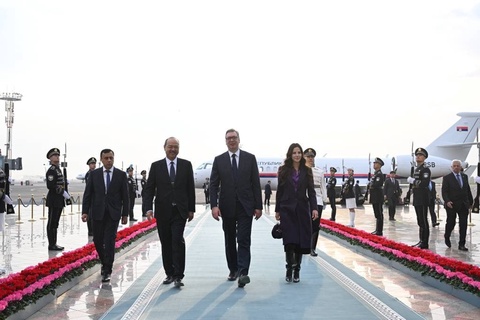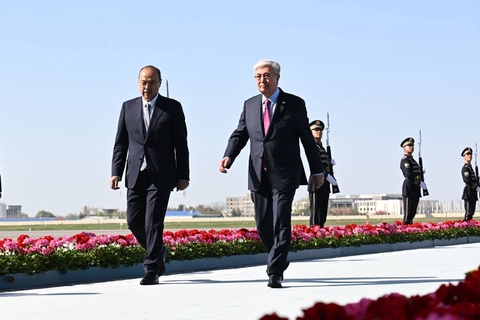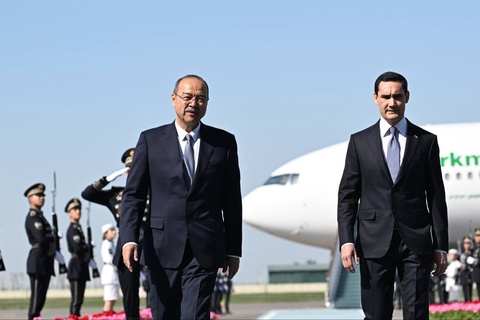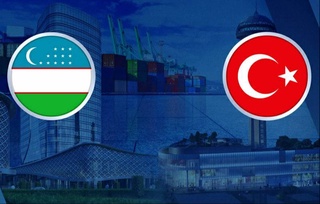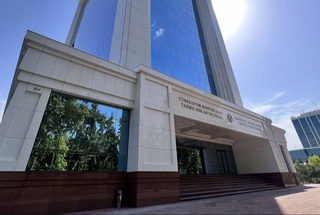Convenient public transport is a necessary attribute of a modern city. But in Tashkent, this issue has become an urgent problem. The depreciation of the bus fleet, the closure of central bus stations, and the inefficient connection of routes created several inconveniences for residents.
Over the past five years, the population of the capital has increased by 300 thousand people, its territory has expanded. Every day more than a million people visit and leave the capital. However, the public transport system does not correspond to the changes taking place in the capital. The service life of 350 buses has exceeded 10 years, 393 buses are missing. Due to traffic jams on the streets, the interval of buses is extended to 30 minutes during peak hours.
Passengers are rightly dissatisfied with the services provided and prefer personal transport. In Tashkent, the rate of use of a private car is 79 percent, respectively, the level of use of public transport is only 21 percent.
Shavkat Mirziyoyev, at a meeting with voters in Tashkent on October 19 last year, paid special attention to this issue and noted that the necessary measures would be taken.
Tasks in this direction were discussed at today’s presentation.
The main task of the Ministry of Transport and the Hokimiyat of Tashkent is to increase the level of use of public transport by 2 times. It was emphasized that, at the same time, priority should be given to a systematic approach and facilitating the movement of people, ensuring connectivity and the integrated development of all types of transport, including route, rail and metro lines, as well as infrastructure for cycling and walking.
It was instructed to build 10 modern stations on the main roads of entry from the regions to Tashkent, as well as parking lots next to 6 metro stations with the largest number of passengers.
This year, the construction of the overground metro line “Quyliq-Qipchoq” will be completed. Conditions will be created for using public transport for 70,000 people who use cars.
In addition, the task was set to create an economic and mathematical model of the public transport system based on the forecast of passenger traffic for the next 5 years, as well as to increase the scientific potential of the Transport Institute.
The number of cars in Tashkent is growing by 15 percent a year, up to 800 thousand cars moving around the city per day. There are more than 500 major intersections in the capital, most of which have low traffic capacity. Roads are poorly adapted for pedestrians and cyclists. As a result of this, as well as the low traffic culture, road accidents have become more frequent.
The Head of the state noted the need for increasing the throughput and convenience of intersections through the proper organization of traffic. This year, it is planned to introduce a traffic control system at 200 intersections, build 2 overpasses, 180 kilometers of pedestrian and bicycle paths, and create parking spaces for 2,000 cars.
This year, 35 percent of the bus fleet will be updated. To this end, it is planned to purchase 410 buses and electric buses, and the number of large-capacity buses will be doubled. The need for creating charging stations was noted, taking into account the increase in the number of electric vehicles in the capital.
During the presentation, the possibilities for the development of public transport and transport infrastructure in the city of Tashkent were also presented based on the scientifically sound experience of Germany and Russia.
The main attention was paid to the issue of financial rehabilitation of public transport enterprises. The importance of conducting a financial audit and the transformation of enterprises “Toshshahartranskhizmat”, increasing the share of the private sector in the sphere was noted.
In addition to budget funds and other sources, the sphere must be developed based on public-private partnership, the Head of the state noted.
The Ministry of Transport and the Hokimiyat of Tashkent were instructed to revise the concept for the development of public transport in the capital and conduct a wide public discussion.
It was emphasized that the experience of the capital and the scientific approach will be applied in improving public transport of all regional centers, taking into account their number, places of work and residence of the population and the development specifics.


